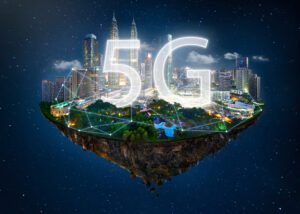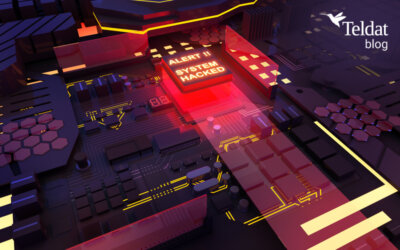
The desire to improve network spectral efficiency without increasing the spectrum (i.e., without having to buy additional licenses for new frequency bands) leads operators to densify their networks; particularly in urban areas, where the Internet of Things (IoT) is expected to cause an exponential growth in the number of connected devices.
The role of Femtocells in 5G Technology
Mobile telephone operators are reviving the Femtocell concept – something already in existence in previous technologies (3G and 4G), but which never gained widespread market adoption due to its high price. With the incorporation of 5G technology, operators are considering placing femtocells inside buildings, the use of unlicensed frequency bands for LTE (LTE-U) and LAA (Licensed Assisted Access) using bands intended for Wi-Fi networks and indoor and outdoor distributed antenna systems (DAS). Up to now, these kinds of deployments were limited to places that expected high numbers of subscribers simultaneously, e.g., sporting events, airports, stations and shopping centers. The high data usage demand in these places requires a specific type of infrastructure to improve the efficiency of the network, densifying it through the use of small cells.
The improvement of spectral efficency and its advantages
The deployment of 5G mobile telephone technologies is also expected to lead to the new 28 GHz and 38 GHz frequency bands being used. These bands promise a higher bandwidth and better spectral efficiency, but they have the disadvantage of a smaller coverage radius (of around 500 meters) and, by not being able to cross walls, are poor at penetrating buildings.
The shorter range radius and lower ability to penetrate buildings of the 5G technology produces a smaller cell size. Smaller cells cause our mobile devices to talk to nearby base stations, for which they will need less power to transmit. This involves less battery being consumed by the 5g devices, and therefore a longer battery life.
The improvement in spectral efficiency achieved by reusing frequencies will also provide 5G network users with more bandwidth, thereby improving device performance and the user experience.
Cost efficency for Mobile Operators
The operators implementing 5G technology will be able to contain the cost of renting space for rooftop installations – because they currently pay for macro-cell based installations. The present-day homogeneous and macro cell-based network will become a heterogeneous network composed of different types of cells: macro cells and small cells (microcells, picocells and femtocells).
Will The WI-FI Technology disappear?
Another possible consequence of the expansion of 5G networks is that Wi-Fi could disappear. The growing supply of unlimited data vouchers from mobile phone operators and the spread of femtocells – with the increase in efficiency they entail – mean we can anticipate that mobile users will have less need to connect to Wi-Fi networks.
At Teldat, we develop technology to meet the challenges and maximize the opportunities of 5G networks. Thus, improving device performance and providing higher bandwidth for mobile users are among the many issues we address at Teldat.

























